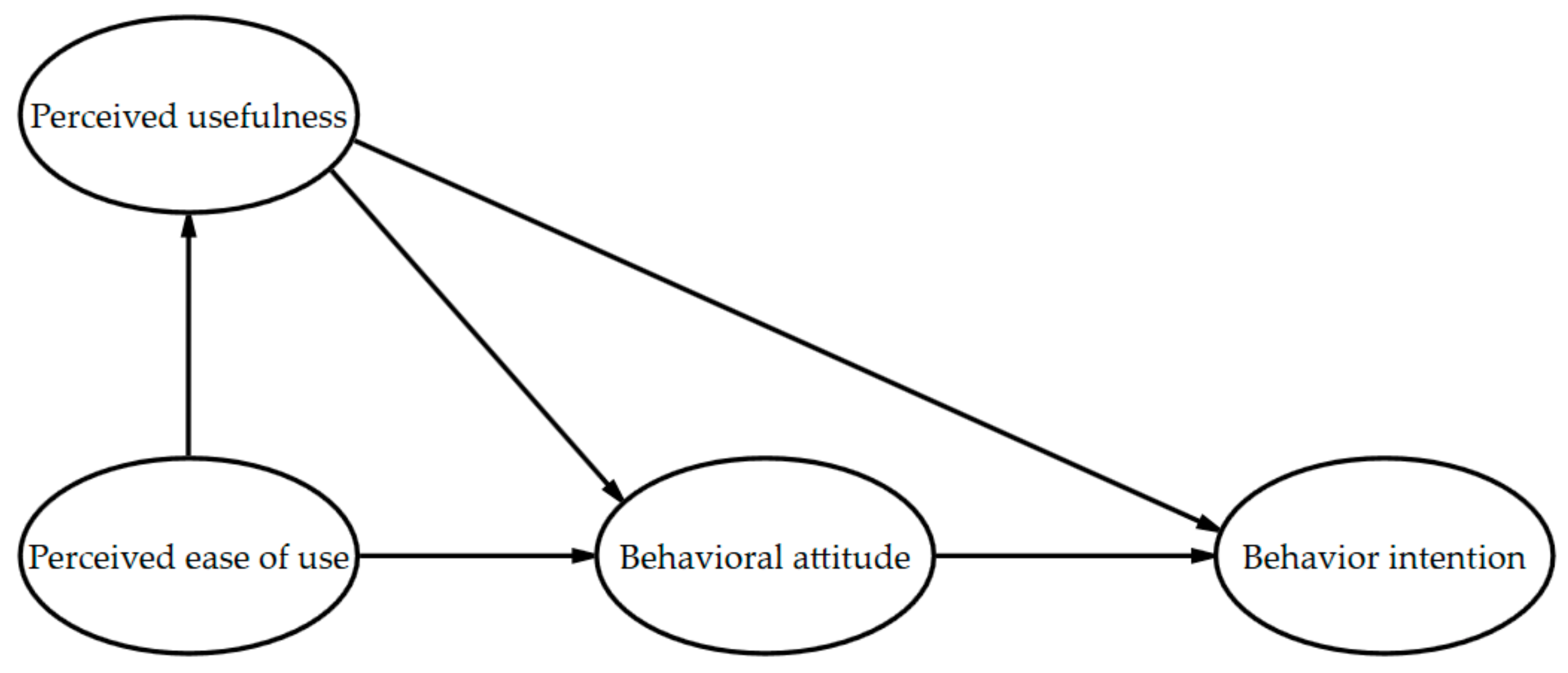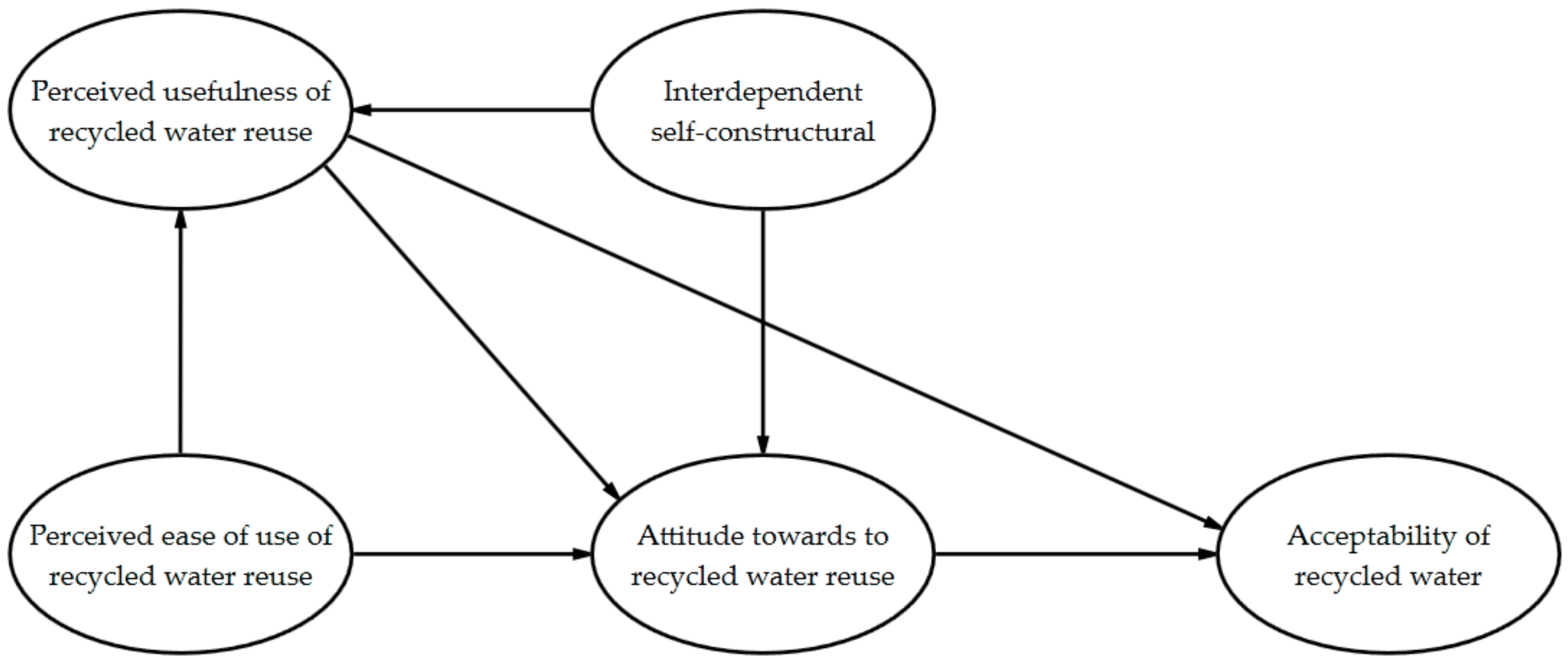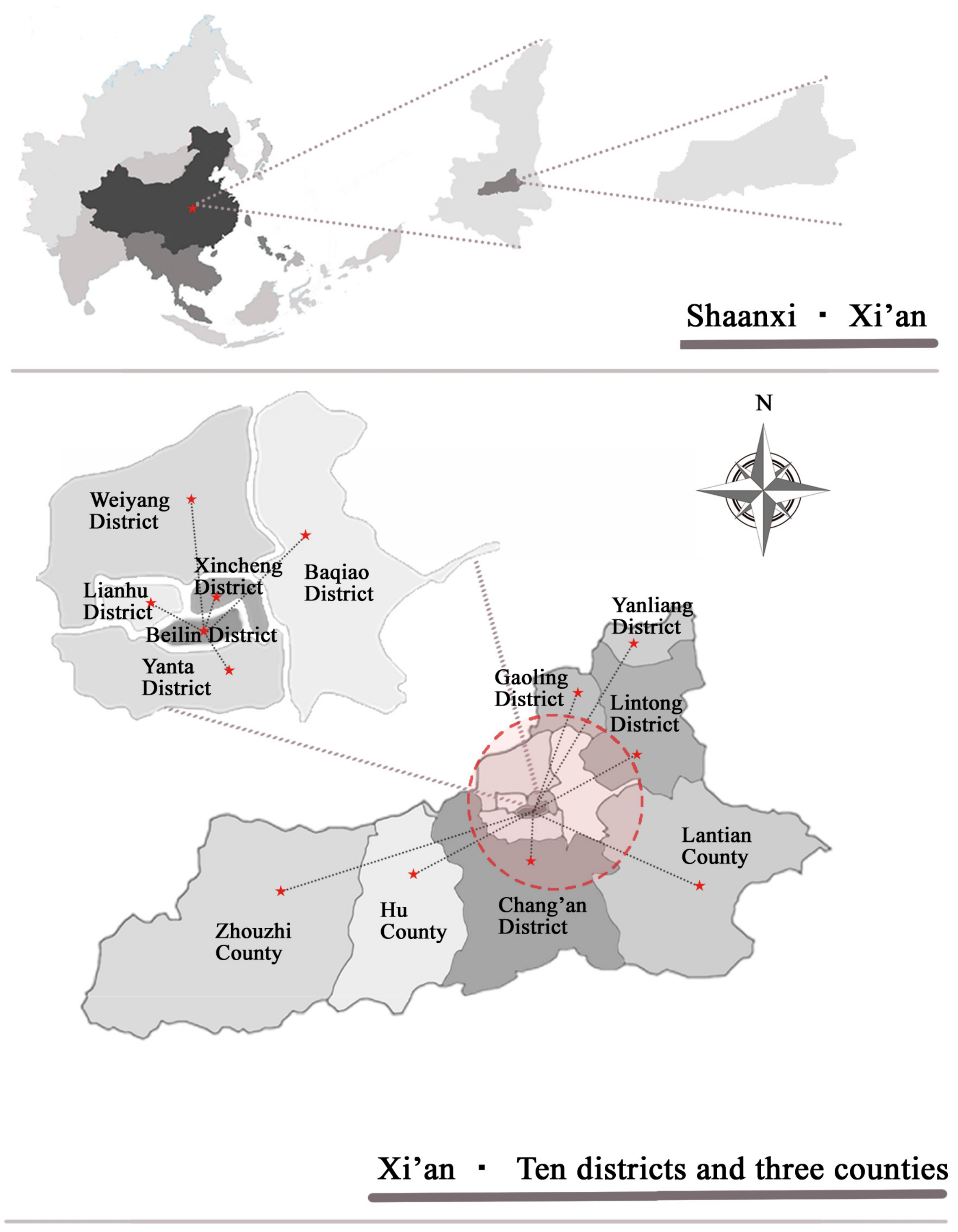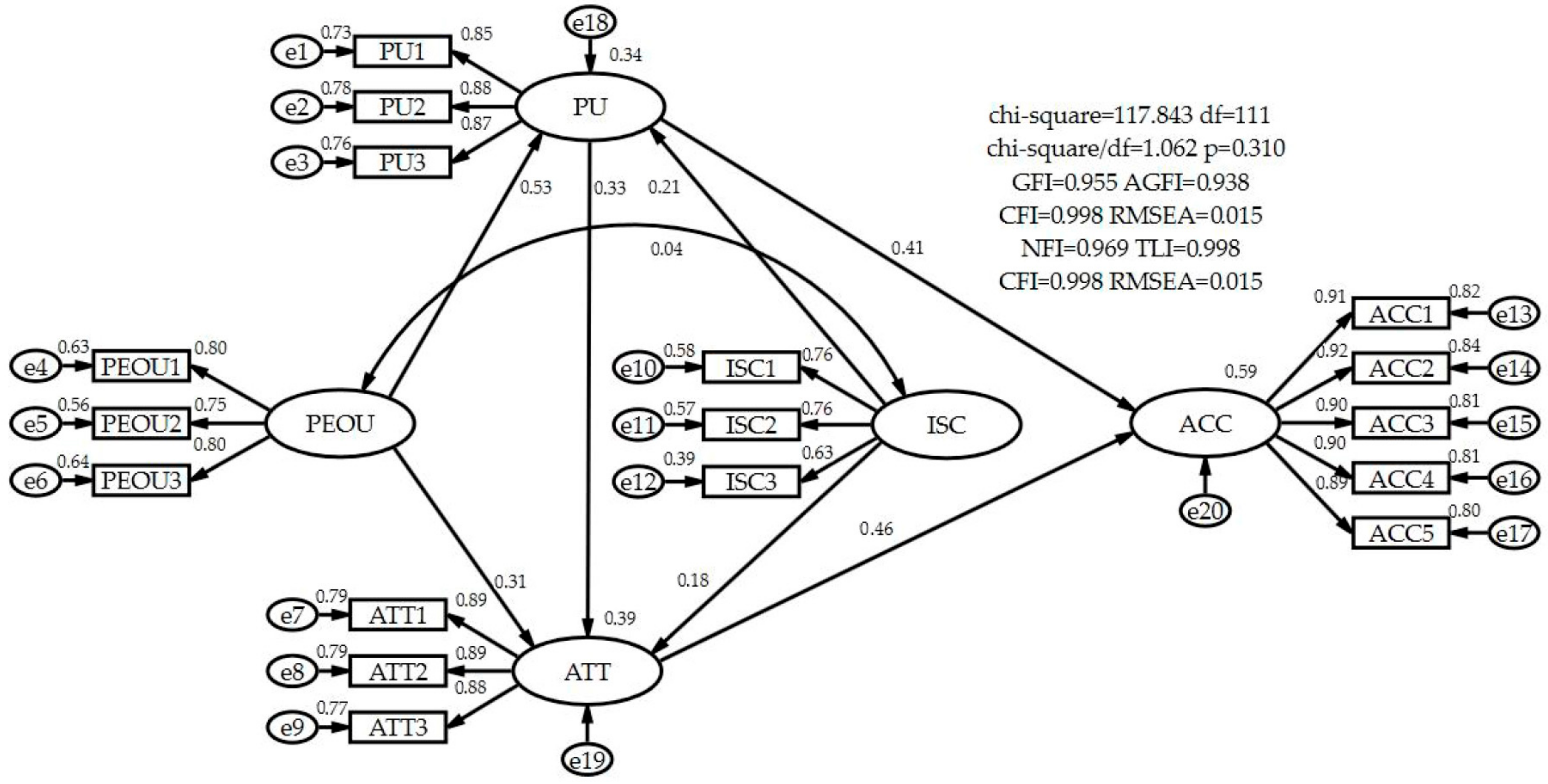As early as the end of the last century, some scholars have argued that the greatest obstacle to the extension of the recycled water project was not technological lagging, but the non-acceptance of the masses. Much subsequent research and many engineering examples have repeatedly indicated that the major factor of the recycled water project is the acceptance of the public [
1]. For example, in the 1990s, the Tax Administration of Santiago of the United States planned to mix recycled water in drinking water, which caused a massive protest. Eventually the huge investment project failed halfway through. Similarly, in 2006, in Tuanba, Australia, a project to use recycled water to supplement dam water was strongly opposed by the residents. The slogan of the opposing masses was: “People do not drink polluted water” [
2]. At that time, the storage of the dam was as low as 23% of its full capacity. However, 63% of the residents were against the project so that it was abolished. The public’s acceptance degree to reclaimed water reuse is crucial to the successful implementation of the project [
3,
4]. Therefore, scholars have carried out a considerable number of studies to test the factors that affect the public’s willingness to accept reclaimed water. Among them, Gibson & Burton’s study has found that the use purpose of reclaimed water and exposure extent to the human are important factors that affect public willingness to accept reclaimed water reuse [
5]. People’s nauseous reaction to reclaimed water is the so-called “yuck factor”, which has also been found as an important indicator of the willingness of people to accept reclaimed water [
6,
7,
8]. There are also other scholars devoted to discovering the differences at the individual level and predicting the reusability of reclaimed water. Some social demography statistical indicators, such as gender, age, and academic level, are found to be accurate indicators for predicting the degree of the public’s perception regarding the risk of reclaimed water reuse [
9]. In sociological studies, the aversion to reclaimed water has been found to be positively correlated with the degree of political conservatism [
10]. In addition, there are also other individual and cultural values that affect the public attitudes toward the reuse of reclaimed water reuse. Environmental awareness and pro-environmental attitudes have been found in some studies to have predictive effects on the public willingness to accept reclaimed water reuse [
1]. The degree of people’s control over their perceptual behavior regarding their participation in reclaimed water reuse and the degree of trust in the provider of reclaimed water have also been found to both be important factors that affect the public’s willingness to accept reclaimed water [
11]. Scholars have also found some measures to increase the level of public trust in water management sectors and the acceptance degree of reclaimed water reuse, including environmental education [
12], interaction between friends and family members, and opportunities created for public participation in reclaimed water reuse [
13]. However, the influence of cultural values differing significantly between regions on public willingness to reuse reclaimed water remains a topic under-researched by scholars. In response to this problem, this article regards Chinese traditional cultural values as one of the potential influential factors that affect the public acceptance of reclaimed water reuse and then verifies its influencing role.
With over 5000 years of civilization, China’s profound historical and cultural traditions undoubtedly exert a subtle influence on the natives. Therefore, the Chinese history and culture should be considered as factors for driving Chinese decision-making. Cultural values, as the core of traditional culture, are the beliefs shared and advocated by most members of a society. Additionally, they will indirectly affect the beliefs and the decision-making of the members of the society [
14]. For recycled water, on the one hand, it is good for environmental protection to decrease waste water discharge. On the other hand, recycled water as a new technology will undoubtedly have potential risks for users for various reasons [
15,
16,
17,
18]. Therefore, recycled water use is an action that is good for society but harmful to oneself. When making a decision on whether to use recycled water, what kind of choice will the people under the influence of traditional Chinese cultural values make? What role does traditional Chinese culture value play in the public’s decision-making? To solve this problem, this part of the study takes into account the influence of traditional cultural values on decision making with a view to providing new ideas for Chinese consumers to accept and use reclaimed water. Chinese traditional culture stems from the cultural intersection of Confucianism, Buddhism, and Taoism, but these three thoughts emphasize the harmony between the individual and others and between individuals and the environment. Under the influence of this traditional culture, it is natural for the Chinese to define their own uniqueness, that is, to regard their self as a part of the interpersonal relationship surrounding it [
19]. Such an interpersonal relationship with Chinese characteristics is defined as “Guanxi” [
20] in latter studies. In contrast, Western cultural values put more emphasis on individual independence and encourage individuals to develop and express their own unique personalities [
21]. The studies by Markus and Kitayama have also confirmed the differences between individual values under the influences of Oriental and Western cultures [
22], and it has been found that the people under the influence of Oriental culture represented by Chinese culture generally show stronger collectivism, while most individuals coming from a Western culture background show individualism. The cultural value types of individuals under the influence of different cultures from the East and West are distinguished by defining self-constructional indicators that represent the degree of difference and connection between the self and others. Individuals under the influence of oriental culture are more likely to show an interdependent self-construction; they will feel that they have a close connection with others and will also regulate their behavior according to their relationships with others and to situational factors. Individuals under the influence of Western culture will show a more independent self-construction, which emphasizes self-independence [
22]. The self-construction theory has been proposed and widely used in social psychology, organizational behavior, consumer psychology, and other fields of studies. Among them, interdependent self-construction is reflected [
23,
24] by cultural values at the individual level in many studies because of its connection with Chinese traditional cultural values. Therefore, we took interdependent self-construction as a concrete measurement index of Chinese traditional cultural values and considered the actual situation of the reuse of recycled water in China at present, and then selected five non-potable usages of recycled water that have the highest contact frequency with residents and the largest scope of application. These usages include residential toilet flushing, urban road sprinkling, firefighting, residential greening, and car washing. The degree of acceptance from the residents based on the above usages mentioned was measured and taken as dependent variables [
25]. Based on this, we carried out our study on the influence of traditional Chinese cultural values on residents’ willingness to accept reclaimed water.









